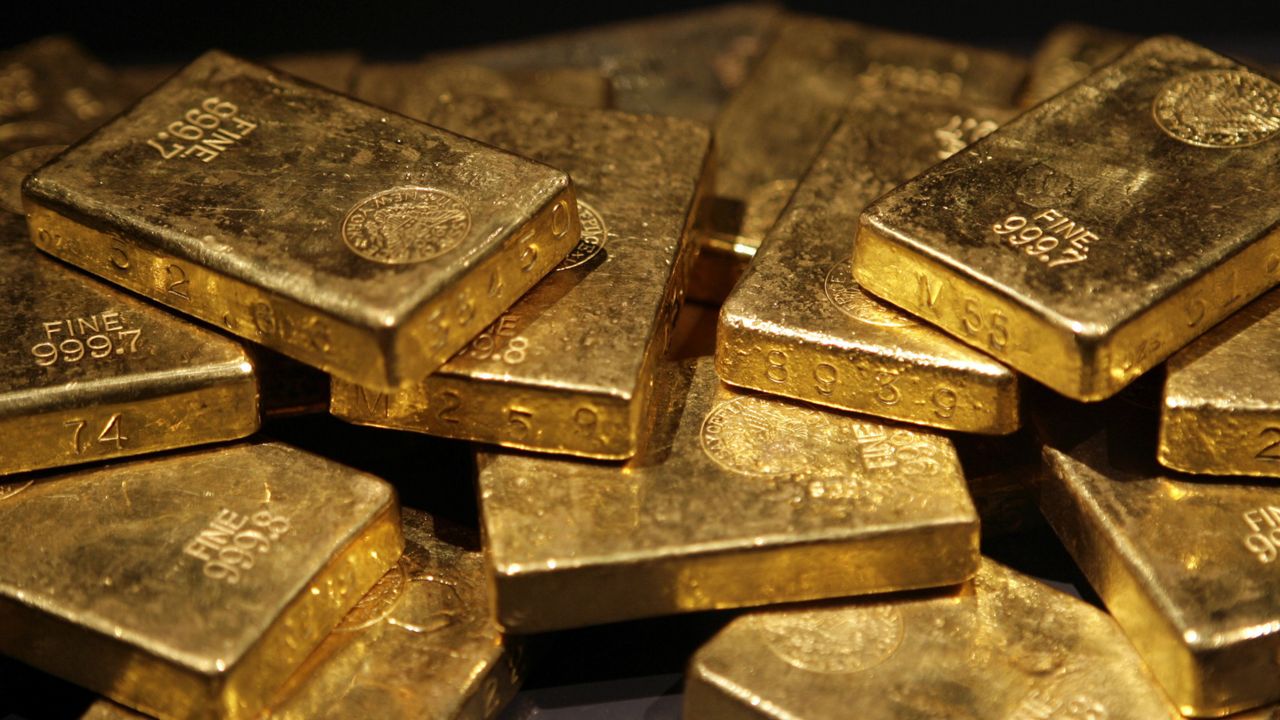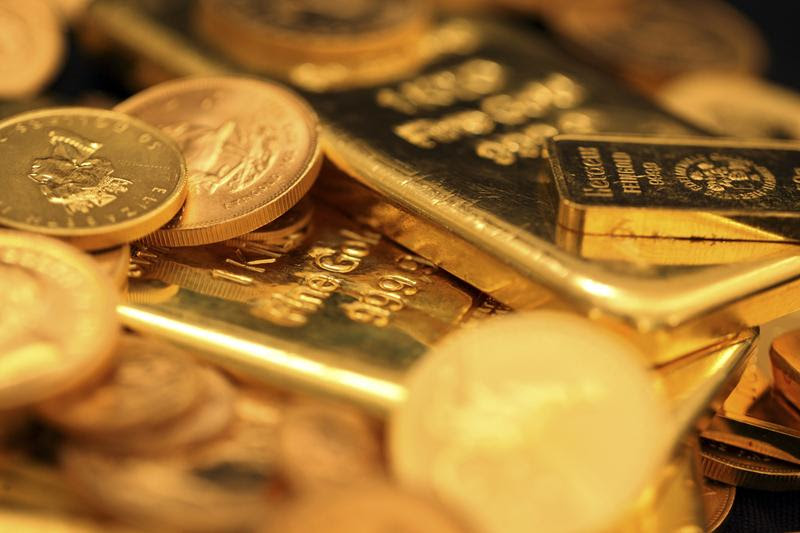Rising Gold Price – A Sign of Emerging Financial Crisis

Gold is back. It’s easy to mock gold bugs, but their moment may finally have come. The soaring price of gold is an indication that this issue is starting to raise concerns in financial circles about what it signifies for the stability of the global monetary system based on the US dollar. There have been several immediate factors for the rise, which has seen the gold price escalate from around $1,800 last year to close to $2,400. These included higher than expected inflation around the world, anxiety over geopolitics, the global presidential elections and uncertainty over monetary policy. There were longer-term factors at work, including higher for longer inflation, which aside from a technology-driven productivity miracle, looks to be a real prospect. One of the major factors is the vast shift in the global economic order. It is no secret that the Washington consensus—which expected emerging nations to fall in line with free-market trade rules written by the west are over. Trade tensions with China are growing and the weaponization of the US dollar happened after the outbreak of the Ukraine war when the US and the European powers froze the financial assets of Russia’s central bank. There were moves in many countries, especially China, to sell US Treasury bills and buy gold as a hedge against America’s financial might. A pendulum shift had led many analysts to predict a massive run-up in gold.  Economic strategists have predicted that gold could raise from its present level of $2,347 per ounce (changes daily) already a record high in monetary terms, although not yet when adjusted for inflation, up to $4,000 in the not-too-distant future. As one of the analysts put it, this isn’t just an interest rate thing. People are hedging against a new world. That “new world” is characterized above all by war and the division of the world into rival blocs on both the economic and political fronts. There are moves by a number of countries, not only China, to make trade payments in their own currencies and bypass the dollar. A recent report by Currency Research Association, cited in the article, noted: China buying gold and selling Treasuries mirrors how Europe’s central banks began to redeem dollars for gold in the late 1960s as the Bretton Woods system began to break apart. The Bretton Woods’s system, which was aimed at restoring the international financial system that had been shattered by the Great Depression of the 1930s, established the US dollar as the global currency. It was backed by gold at the rate of $35 per ounce. But it was marked by a profound contradiction which was identified in the early 1960s. The functioning of the system required an outflow of dollars from the US to the rest of the world to finance trade and investment. At the same time the build-up of dollars outside the US undermined its capacity to redeem them for gold. This was not a problem initially because of the enormous strength of the US relative to the other major capitalist powers. But as those economies recovered from the devastation of the war and more productive industrial methods were introduced, the competitive supremacy of the US was eroded.
Economic strategists have predicted that gold could raise from its present level of $2,347 per ounce (changes daily) already a record high in monetary terms, although not yet when adjusted for inflation, up to $4,000 in the not-too-distant future. As one of the analysts put it, this isn’t just an interest rate thing. People are hedging against a new world. That “new world” is characterized above all by war and the division of the world into rival blocs on both the economic and political fronts. There are moves by a number of countries, not only China, to make trade payments in their own currencies and bypass the dollar. A recent report by Currency Research Association, cited in the article, noted: China buying gold and selling Treasuries mirrors how Europe’s central banks began to redeem dollars for gold in the late 1960s as the Bretton Woods system began to break apart. The Bretton Woods’s system, which was aimed at restoring the international financial system that had been shattered by the Great Depression of the 1930s, established the US dollar as the global currency. It was backed by gold at the rate of $35 per ounce. But it was marked by a profound contradiction which was identified in the early 1960s. The functioning of the system required an outflow of dollars from the US to the rest of the world to finance trade and investment. At the same time the build-up of dollars outside the US undermined its capacity to redeem them for gold. This was not a problem initially because of the enormous strength of the US relative to the other major capitalist powers. But as those economies recovered from the devastation of the war and more productive industrial methods were introduced, the competitive supremacy of the US was eroded.  The turning point came when the US balance of trade went negative, leading US President Nixon to remove the gold backing from the dollar on August 15, 1971. Since then, the world has operated with the dollar as a fiat global currency. Unlike gold, which embodies value, paper dollars have no intrinsic value. They can function as world money, facilitating trade, investment, credit and acting as a store of value to the extent they are backed by the economic power of the US state and its financial system. That power is now increasingly called into question. It was severely shaken by the global financial crisis of 2008, originating in the orgy of speculation by US banks, which, but for massive intervention by the Federal Reserve, would have led to the collapse of the world financial system. Since then, it has been delivered further major shocks including in March 2020 at the start of the pandemic. The US Treasury market froze for several days and there were no buyers for US debt, supposedly the safest financial asset in the world—and the Fed had to again intervene to the tune of around $4 trillion. The role of the US dollar has provided enormous advantages to US imperialism. It has allowed it to run up deficits and debts, much of which has been used to finance military spending and wars, in a way not possible for any other economy. There are now very clear indications that as a result of this process, a new crisis is brewing which has parallels with what took place in 1971, but at a much higher level. The pile-up of US government debt is quickly becoming unsustainable. The most recent Congressional Budget Office (CBO) projections put US debt as 99 percent of GDP at the end of this year, and have it on track to reach 172 percent by 2054. If this happens the result would be monetization, a situation where assets based on debt would essentially become worthless, inflation, financial repression and a period of extreme chaos in monetary policy and markets.
The turning point came when the US balance of trade went negative, leading US President Nixon to remove the gold backing from the dollar on August 15, 1971. Since then, the world has operated with the dollar as a fiat global currency. Unlike gold, which embodies value, paper dollars have no intrinsic value. They can function as world money, facilitating trade, investment, credit and acting as a store of value to the extent they are backed by the economic power of the US state and its financial system. That power is now increasingly called into question. It was severely shaken by the global financial crisis of 2008, originating in the orgy of speculation by US banks, which, but for massive intervention by the Federal Reserve, would have led to the collapse of the world financial system. Since then, it has been delivered further major shocks including in March 2020 at the start of the pandemic. The US Treasury market froze for several days and there were no buyers for US debt, supposedly the safest financial asset in the world—and the Fed had to again intervene to the tune of around $4 trillion. The role of the US dollar has provided enormous advantages to US imperialism. It has allowed it to run up deficits and debts, much of which has been used to finance military spending and wars, in a way not possible for any other economy. There are now very clear indications that as a result of this process, a new crisis is brewing which has parallels with what took place in 1971, but at a much higher level. The pile-up of US government debt is quickly becoming unsustainable. The most recent Congressional Budget Office (CBO) projections put US debt as 99 percent of GDP at the end of this year, and have it on track to reach 172 percent by 2054. If this happens the result would be monetization, a situation where assets based on debt would essentially become worthless, inflation, financial repression and a period of extreme chaos in monetary policy and markets.





